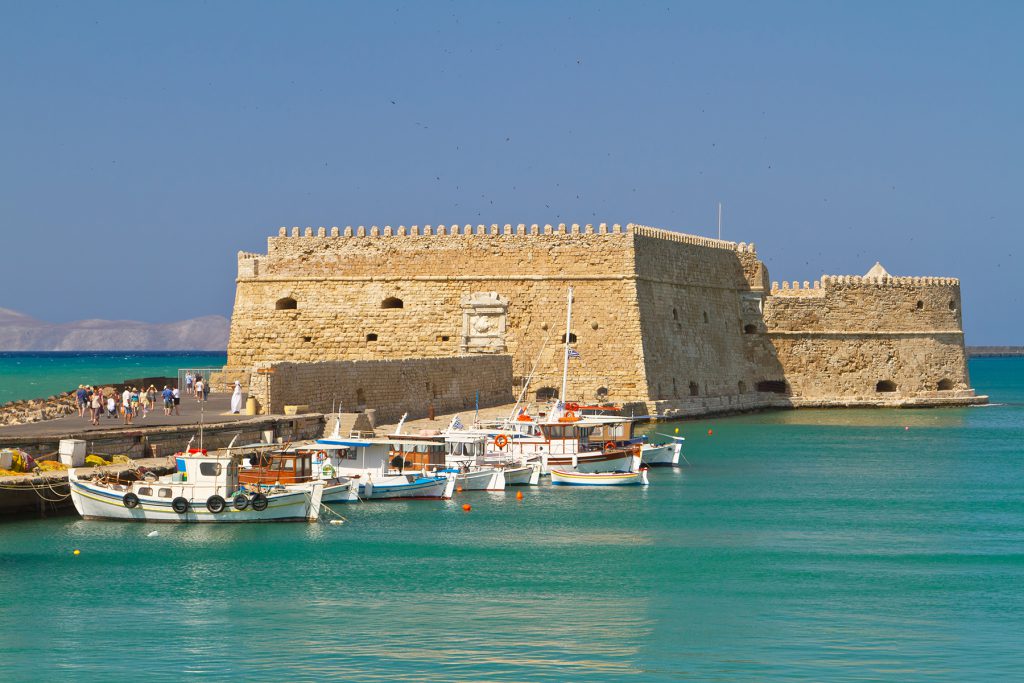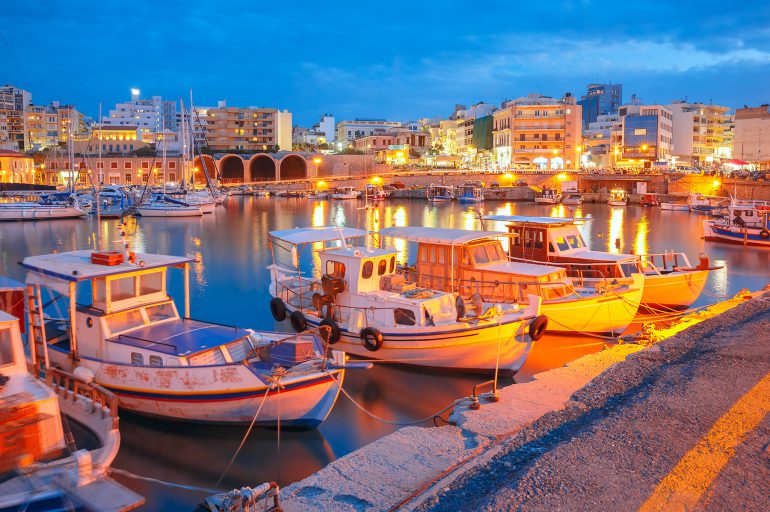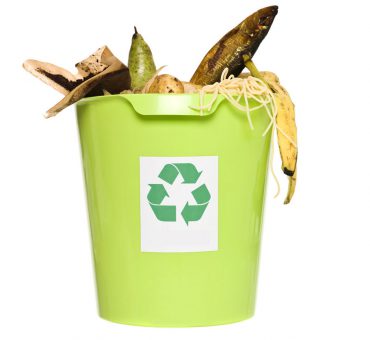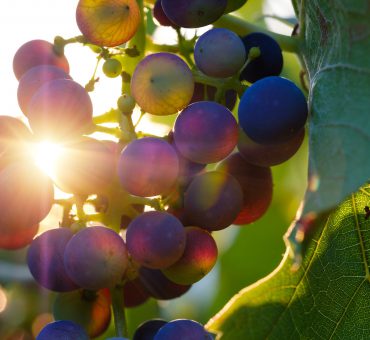Amidst the iconic features that make Heraklion City such an appealing destination – Koules, where the waves crash against the Venetian walls of the fortress safeguarding the Old Harbor, is the most photographed. Here, the small bay where fishermen’s boats still stay moored rubbing hulls against luxury yachts and catamarans is as enchanting as you expect from any marina on the Mediterranean. Most visitors start exploring the city here, first taking in the azure of the sea and the magnificence of the fort, then making their way uphill, past the fish market on the busy 25is Avgoustou (25th of August Street) to shop for souvenirs, dine at a fish taverna, or see other cherished landmarks worth visiting.
What to See

It’s already established that Koules (Castello a Mare, or Rocca al Mare) and the Old Harbor are the most visited Heraklion attractions. But surely, there’s much more to see in a day. Simply strolling on 25is Avgoustou, you’ll see outstanding examples of Venetian and Romantic Neoclassical architecture, and you’ll find four of the most striking landmarks: the Agios Titos Church in a former 19th-century mosque; the Venetian Loggia, which hosts the municipal services of Heraklion; the Municipal Gallery of Heraklion inside the old Basilica of Saint Marcos, which was built by the Venetians in 1239; and the striking Morosini Fountain – the Lions’ Fountain, a central meeting spot, surrounded by restaurants and cafes in the Eleftheriou Venizelou Square.
Most other attractions are a quick walk away from the center. The Historical Museum of Crete is past the Church of St. Peter Dominicans on the route towards the Natural History Museum of Crete, all on the Leof. Sofokli Venizelou thoroughfare. A brisk walk from Koules along the coast takes you to all these three attractions quickly, and you can easily visit all in a couple of hours.
Perhaps the most interesting must-see in Heraklion if you only have a day, is the Archaeological Museum, which is fifteen minutes on foot from Koules. But it will take you at least a good couple of hours to take in all the richness of its exhibits. Although it is very popular with tourists, the museum is roomy, and the crowds are unlikely to spoil the experience.
As you walk around Heraklion, you will see many churches, old city walls, and cultural attractions galore. A day is not enough to see everything, mainly because the Minoan Palace of Knossos is about one hour and thirty minutes drive from Koules. But spend time strolling down the narrow streets in the center, shop, and admire the local graffiti – a slice of urban life that brings color and a touch of unexpected on your way.
Where to Eat
The center of Heraklion is littered with restaurants, cafes, and tavernas, catering to all kinds of foodies. Traditional choices abound, from fish tavernas on the waterfront, overlooking the harbor, to swanky cafes serving Crete’s beloved Freddo – ice cold espresso with frothy milk served over ice cubes, Greek coffee, and all kinds of coffee brews. And they always seem to know just how to make the perfect cup of joe, for Cretans love coffee. After all, Greece is in the top 25 countries in the world when it comes to coffee consumption per capita. Such cafes serve Cretan sweets too, and of all, two just by the Morosini Fountain – Kirkor and Phyllosophies – compete for the “best bougatsa spot” title. Regardless which of the two you choose, bougatsa is a must-have treat when you visit Heraklion. The best time of the day to have it is in the morning, with a cup of coffee, before you adventure around the city to discover its fashion boutiques, architecture, cultural landmarks, and hidden gems.
At lunch, most restaurants, mezedopoleios, and tavernas flaunt delicious Cretan fares, like fava, dolmades, saganaki, and fresh Greek salads topped with aromatic feta cheese. But each eatery has its own house specials. Some, like Parasties and Peskesi, are famed for authentic Cretan cuisine, while others, like Ippokampos and Vrakas, are favored for fish and seafood. There are also places serving international food, like Amalia’s Kitchen, which has mouthwatering Tex-Mex fare and American steaks plus cocktails. You don’t really need a foodie guide to make a choice: most restaurants display their menus at the door, in several languages, and with pictures, or a maître d′ standing in front of the ones that flaunt a terrace in the center will try to lure you in with a smile and a special of the day.



